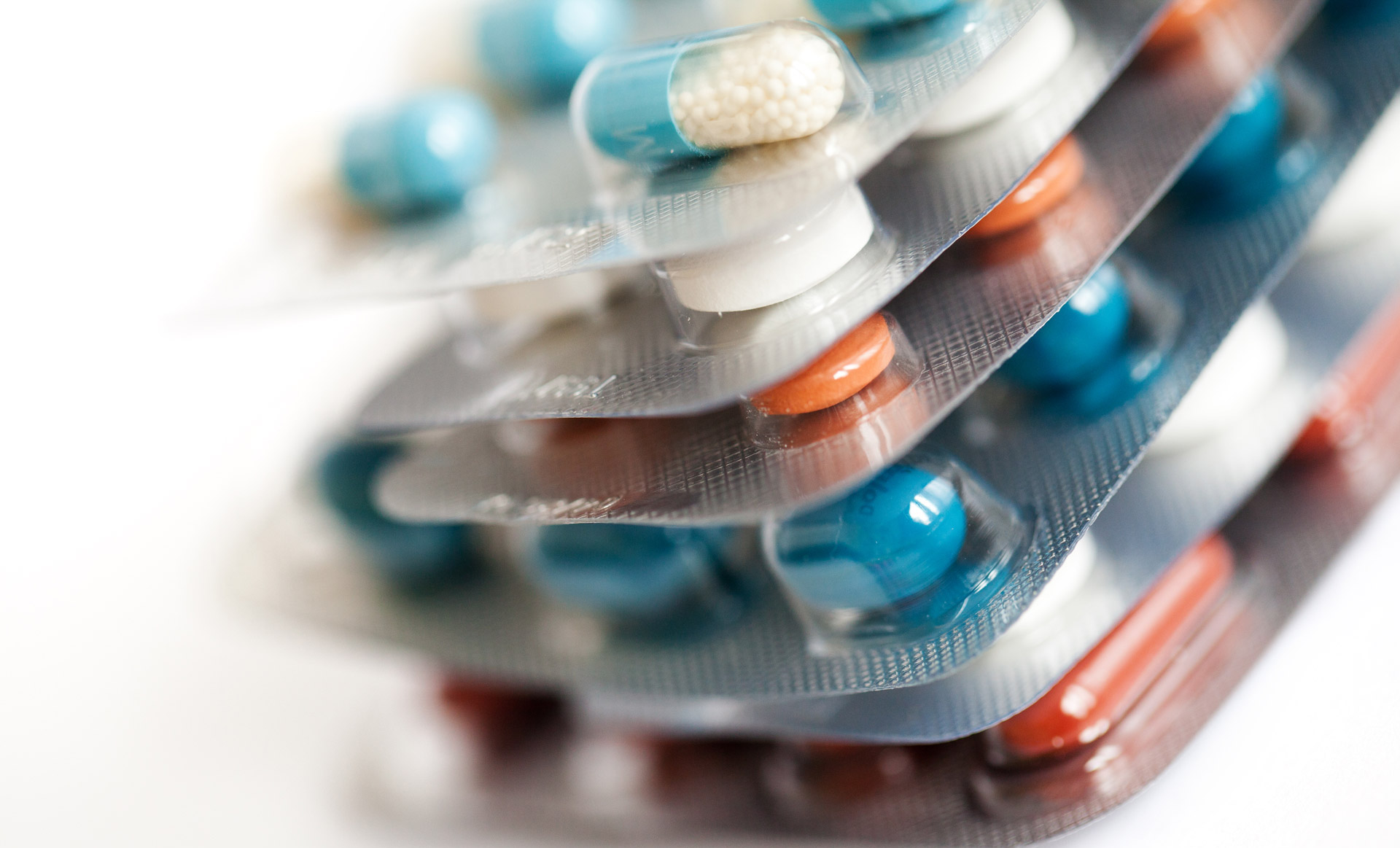
Image from PublicDomainPictures.net
Of every 10 potential new cancer drugs that scientists identify, only one will currently make it through the many stages of the drug development pipeline and into the clinic.
This shows that drug discovery researchers are still up against important challenges, mainly centred around the huge genetic diversity in cancer, and its ability to evolve to become resistant to treatment.
To address these challenges, it is key that the cells scientists use to study cancer in the lab mimic features of cancer in patients as closely as possible.
The more closely cancer cells in the lab resemble those in a patient’s tumour, the better this cell model will be able to predict how a potential new drug will affect the person’s cancer. But there is a problem here. Many of the standard-issue cells used to study cancer in the lab don’t resemble real human tumours at all.
Instead, these cells – which have been grown on flat plastic dishes for generation after generation – have become highly adapted to the extremely artificial environment of the lab.
So there is increasingly a move from scientists to find better lab cell models, which are able to predict more accurately whether a new drug will actually turn out to work in human patients.
Exciting new ways of studying cancer cells
Professor Raj Chopra, Head of Cancer Therapeutics at The Institute of Cancer Research, London, hosted a session at the National Cancer Research Institute (NCRI) conference to address this important issue.
Scientists at the session talked about exciting new ways of studying cancer cells taken directly from patients in 3D environments that are much closer to those found inside real patients. They used prostate cancer as one example of the limitations of traditional testing techniques – and the potential of the new ones.
Lab-grown cells traditionally used to study prostate cancer do not contain the pattern of genetic faults that is often found in patients with an advanced form of the disease for whom hormone therapy no longer works.
Stay up to date with all our news, blog posts and video content from the NCRI conference 2017 in Liverpool.
Read more
Tiny 3D cell structures
Dr Gunther Boysen, a postdoc in Professor Johann De Bono’s lab, used tumour samples taken from patients to study new ways of treating this advanced form of prostate cancer.
The team grew the cell samples into tiny three-dimensional cell structures called organoids, which contained the same genetic faults and looked similar under the microscope compared with the original tissue samples.
The pattern of genetic faults varies even from patient to patient, but these organoids allowed the team to test what the effect of different drugs would be in each individual case.
In one man with prostate cancer for whom conventional hormone therapy had stopped working, organoid tests showed that his particular form of the disease could be tackled with a drug that damages the DNA of cancer cells, called carboplatin.
In this patient, organoid tests led to a change in treatment – but organoids can also be used to test the effects of potential new drugs, and help understand how cancer evolves to become resistant to treatment.
To better recreate the environment that the tissue samples came from, it is possible to inject organoids into mice, to study the interaction with cells surrounding the tumour.
Organoid models
Somaieh Hedayat, a PhD student working in Dr Nicola Valeri’s lab, injected organoids made from patient tumour samples into mice to study how resistance to a drug called regorafenib develops. Some people with advanced bowel cancer benefit from regorafenib, which blocks blood vessel growth, but for some the drug can stop working.
The researchers treated mice injected with tumour organoids with regorafenib, allowing them to analyse how the drug affected both the tumour and the blood vessels around it during each step of it becoming resistant to treatment.
They found that the tumour cells developed alternative ways to access the blood supply, so that they could continue to grow and became resistant to regorafenib. In the future, the organoid model developed in this study could be used to test the effect of other treatments, including newly discovered drugs, on bowel cancer and the surrounding cells.
Traditional, two-dimensional cell models are still an important tool in the basic biology behind drug discovery, because it is easier to study how changes in their genetic make-up affect them. But three-dimensional organoids derived from tumour samples have a major advantage: they better reflect the way cancer reacts to drugs in the clinic.
These new, patient-derived cell models could help scientists test new drugs that can cope with the immense genetic diversity in cancer – and find ways to combat drug resistance.
More ICR updates from NCRI 2017
comments powered by